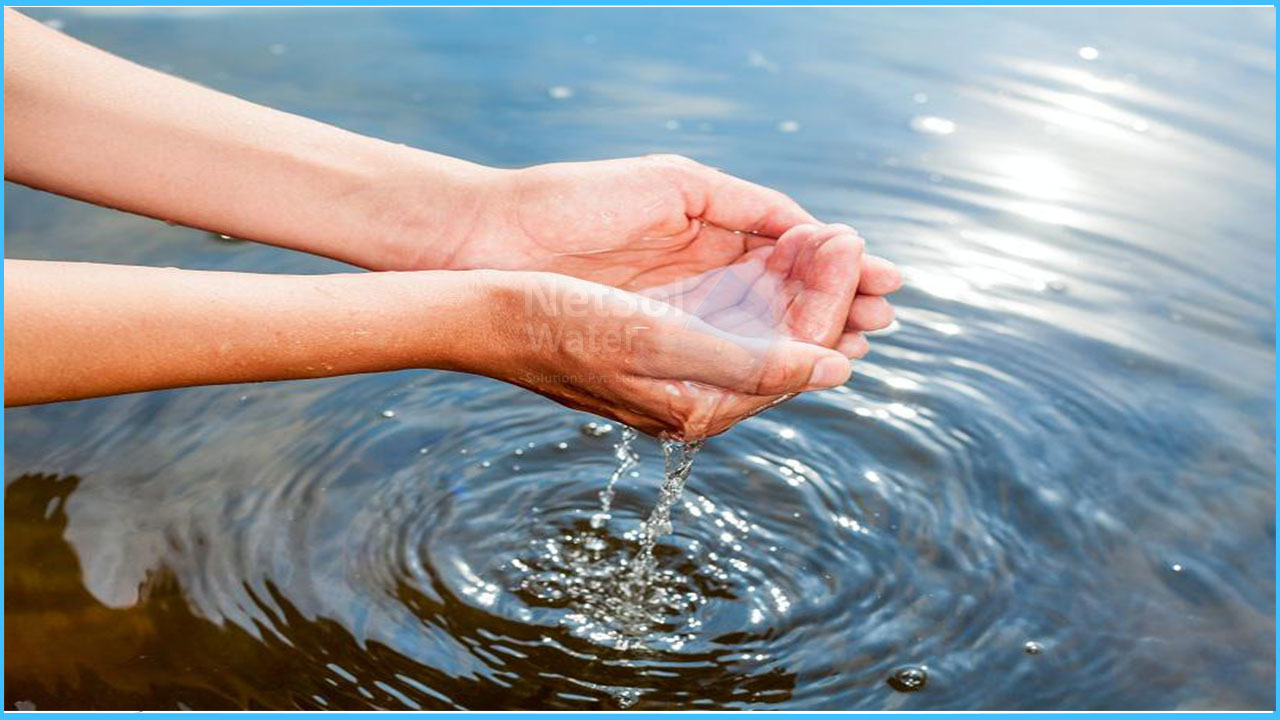
Clean Water Reverse Osmosis: 7 Powerful Reasons It’s Revolutionizing in 2025, safe drinking water is essential to life. But with growing concerns about water contamination, pollution, and health risks, more people are turning to technology to purify their water. Drink Water One such technology that’s gaining global attention is reverse osmosis, often referred to as RO. It’s not just a buzzword reverse osmosis is now a vital part of how households, industries, and even governments are securing clean water supplies.
In this article, we’ll break down what reverse osmosis is, Clean Water how it works, its benefits, and why it’s becoming a popular solution in both homes and large-scale operations.
Reverse osmosis is a water purification process that removes unwanted molecules, particles, and impurities from Clean Water . It works by pushing water through a special semi-permeable membrane that filters out contaminants.
In simple terms, think of reverse osmosis as a very fine sieve so fine that only clean water molecules can pass through, while dirt, bacteria, salts, and chemicals are left behind.
The process was first developed in the 1950s, mainly for industrial use and desalination of seawater. Today, reverse osmosis is used in homes, hospitals, restaurants, and industries around the world.
Here’s a step-by-step explanation of how reverse osmosis works:
The result? Water that is up to 99% free of contaminants.
Reverse osmosis is known for its ability to remove a wide range of harmful substances, including:
This makes it one of the most effective water filtration methods available today.
With increasing reports of water contamination, more people are becoming cautious about what they drink. Clean Water Municipal tap water, while generally treated, may still contain traces of chemicals, heavy metals, or bacteria. Bottled water, on the other hand, can be expensive and environmentally harmful.
Reverse osmosis provides a cost-effective and reliable solution. It offers peace of mind, especially for families with children, the elderly, or Clean Water individuals with weakened immune systems.
Some of the top reasons people are switching to RO systems include:
While home use is growing, reverse osmosis is also widely used in:
Clean Water Some critics argue that reverse osmosis removes beneficial minerals like calcium and magnesium from water. While this is true, most experts agree that the amount of these minerals obtained from water is minimal compared to food sources.
Still, if you’re concerned about mineral content, you can choose RO systems with mineral cartridges that add essential minerals back into the water after purification.
Choosing the right reverse osmosis system depends on your needs and budget. Here are some tips:
Top brands offering RO systems include Kent, A.O. Smith, Aquaguard, and iSpring.
Clean Water With global water scarcity on the rise, reverse osmosis is expected to play an even bigger role in the future. Technological advancements are making RO systems more energy-efficient, compact, and affordable.
Smart RO systems with digital monitoring, auto shut-off features, and mobile app connectivity are already on the market. Governments and non-profit organizations are also deploying mobile RO units in disaster-hit areas and rural regions.
Clean Water Reverse osmosis is more than just a modern convenience it’s becoming a necessity in today’s world. As we become more aware of what’s in our water, the demand for clean, safe, and great-tasting water continues to rise.
Whether you live in a big city or a small town, installing a reverse osmosis system can be one of the best decisions for your health and well-being Clean Water.
Read More:- Shobha Realty Launches Its Most Luxurious Project Yet—Full Details Inside 2025
